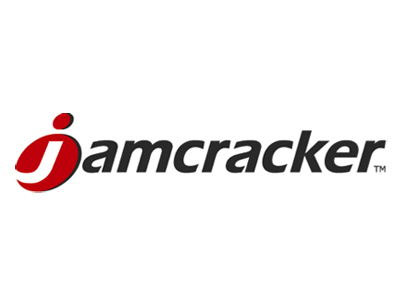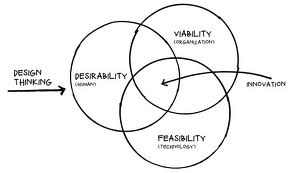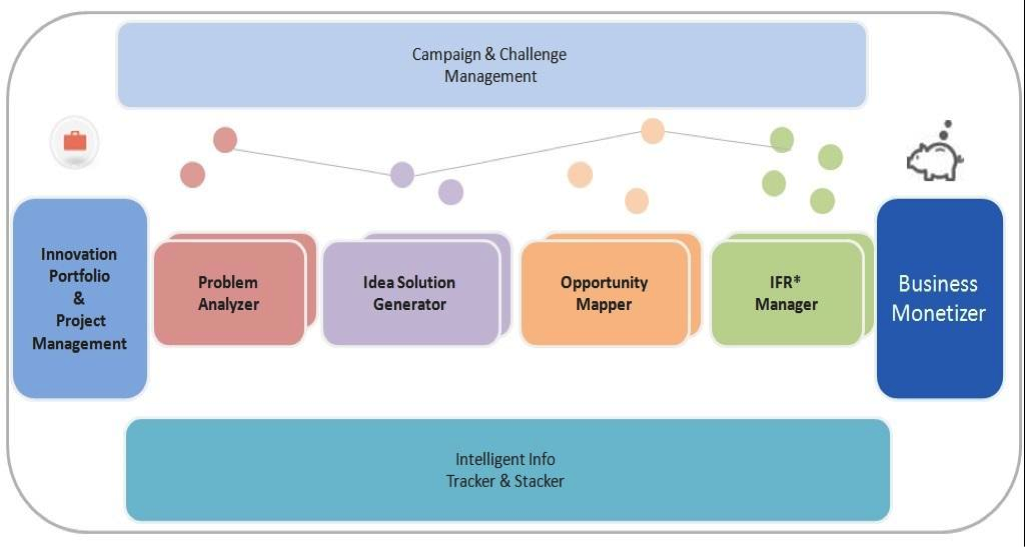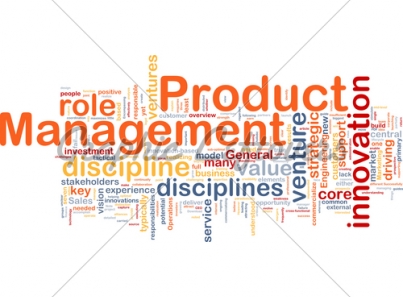Marketplaces are difficult businesses to run. Like all multi-sided platform businesses, they suffer from the classic chicken and egg problem: the technology has no value unless buyers and sellers are present and you can’t get the buyers on board unless you have sellers and you can’t bring in sellers without having buyers. Hence, building a marketplace is a lot like building two separate companies simultaneously, each dependent on the other.
There are three factors that determine success for a marketplace business:
LIQUIDITY OR CRITICAL MASS
The lifeline of a marketplace (and any platform business for that matter) is liquidity. Liquidity is a state where there are a minimum number of producers and consumers on the marketplace and there is a high expectation of transactions taking place. This is similar to the critical mass of users that is needed on a social network for users to find value in the network. Critical mass is a state where there is enough volume of supply and demand, for transactions to start sparking.
The first and most important metric to watch out for is the percentage of listings that lead to transactions within a certain time period. This serves as a proxy for the efficiency of the marketplace. Merely increasing the number of buyer and seller sign-ups doesn’t serve a purpose unless this metric starts rising. The time period would depend on the category. AirBnB listings would find transactions sooner than listings on a buy-and-sell real estate marketplace. This could also depend on ticket sizes within the same category. Fiverr and oDesk are both services marketplaces but the turnover on Fiverr is most likely higher, owing to the much smaller ticket sizes.
To get to liquidity, the marketplace also needs to solve the chicken and egg problem and get both buyers and sellers on board. Marketplaces leverage a variety of tactics for circumventing this problem including building single user utility, stealing traction and piggybacking other platforms.
MATCHING: CURATION OF PRODUCTS/SERVICE
Users visit a marketplace with a highly transactional intent and want to find what they’re looking for at the earliest. In this aspect, transaction businesses are remarkably different from engagement businesses. A user visiting AirBnB or Yelp has a specific intent in mind. Hence, the quality of the search algorithm and the intuitiveness of the navigation are critical to delivering value. In contrast, a user visiting Pinterest often wants to spend some time and consume content on the platform. Hence, the infinite scroll!
The efficiency of discovery and matching is critical to a marketplace’s success. Percentage of searches that lead to listing profile visits within the first page of results is one such metric. When listings are served instead, as a feed, the clickthrough per session can serve as a proxy as well. The best metric to track matching efficiency varies with the business model of the marketplace as well as the category.
TRUST: CURATION OF PARTICIPANTS
Building trust is central to marketplaces where transactions carry risk. AirBnB is an example of a player in a high-risk category, that succeeded because of its ability to curate its participants. AirBnB allows hosts and travelers to review each other and has one of the highest review rates among marketplaces. It also takes additional measures to build trust, including having photographers certify a host’s listing.
This was one of the factors that helped AirBnB challenge CraigsListbecause CraigsList never built a strong curation system for participants.
Focus on the trust metric is very important to move from appealing to an early adopter audience to appealing to a mainstream audience. While early adopters use new marketplaces because of the novelty, opening up to a larger market requires the trust and reputation management systems to be alive and kicking.
WHAT’S NOT AS IMPORTANT:
User interface and design are less important with transactional businesses as compared to engagement businesses.
On a marketplace, the ability to search and transact/interact should be as intuitive as possible. Beyond that, the look-and-feel and design are purely hygiene factors. Unlike social networks, marketplaces are transactional and users typically don’t have long visit lengths engaging with the product. Hence, UI is not as important a criterion as the other three mentioned above.
In summary, if you’re building a marketplace:
1. Focus on liquidity, not just user growth
2. At critical mass and beyond, closely track matching efficiency
3. When moving from an early adopter to a mainstream audience, ensure that the trust systems are in place and functioning well.
This article was first featured on Sangeet’s blog, Platform Thinking (http://platformed.info). Platform Thinking has been ranked among the top blogs for startups, globally, by the Harvard Business School Centre for Entrepreneurship



















